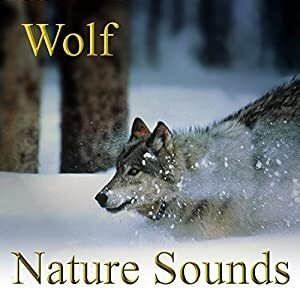The compelling high quality of music comes from the relationships of sounds, our bodies and psyches. ‘Musicking’ factors to our musical life in energetic ‘I-Thou’ relationships. Only in this intimacy of consciousness and its pursuits can we share ‘I-It’ identification and use of objects, giving issues we use, including musical compositions, meaning (Buber, 1923/1970).
In quick case studies of infant interactions with micro analyses of video and audio recordings, we show communicative musicality in the timings and shapes of intersubjective vocalizations and physique actions of grownup and baby that improvise with delight shared narratives of meaning. Historically, music is taken into account one thing divine because it has a huge effect on human feelings. This effect also has a psychosomatic impact and might affect and control the thoughts and actions of the listener. For instance, buying habits can be severely manipulated by musical accompaniment alone. Even the motivation could be both elevated or reduced with the appropriate setting.
In right now’s civilization, music accompanies individuals daily and is used for many different purposes. Thus, the musical stimulation is to be evaluated as a sort of psychotherapy, which is usually used purposefully, but subconsciously takes place within the influenced. Of course, as there are still unanswered questions about the actual effect of music on the brain, many research are currently being carried out in the subject of neuroscience to totally understand this phenomenon.
The recording of a two-month untimely girl with her father, who was holding her beneath his clothes against his physique in ‘kangaroo’ care, shows that they exchange short ‘coo’ sounds, the daddy imitating her sounds, with exact timing based on a cushty strolling rhythm of andante – one step each zero.7 s. Father (F) and the child Naseera (N) are equally precise in their timing, which additionally reveals what a phonetician would acknowledge as a ‘last lengthening’ attribute of a spoken phrase – when they are able to stop the dialog the interval lengthens to zero.85 s. Following the shared phrase with its syllable-size durations, they change single sounds separated at four s intervals, the traditional length of a brief spoken phrase. The recording supports our competition that even a prematurely born baby is skilled in sharing a musical pulse (Trevarthen, 2009). Small calls consideration to music as intention in exercise through the use of the verb musicking – collaborating as performer or listener with attention to the sounds created and the appreciation and participation by others.
New Age
- Why does music have such a maintain on us, in a position to change our mood and convey us together?
- These are old questions, however they have received new insights from fields as completely different as paleontology, neurobiology and evolutionary concept.
- An extra of ‘synthetic indicators,’ perhaps geared toward increasing productivity, leads to loneliness and ruthless rationality.
- ‘Language of nature’ we equate with our embodied shifting consciousness – our communicative musicality.
- What is music’s evolutionary origin, and might we learn about music by considering other species that use sounds in comparable ways?
We conclude with a Coda – an enquiry into the philosophy of the Scottish Enlightenment, which constructed on the work of philosophers Heraclitus and Spinoza. This view of dwelling in community offers innate sympathy or ‘feeling with’ different people a basic position inside a duplex thoughts in search of concord in relationships by attunement of motives (Hutcheson, 1729, 1755). It places the shared expertise of sensations of residing – our communicative musicality – forward of logic formulated in symbols of language. We adopt the word ‘musicking’ (as used above by Christopher Small) to attract attention to the embodied power that creates music, and which moves us, emotionally and bodily.

This two-year case study examined multi-modal, interdisciplinary approaches to engage each immigrant English Second Language (ESL) and English Language Learners (ELL) in STEM (science, know-how, engineering, math) learning and to construct STEM identity and self-efficacy. Using generative and lateral thinking methodology for science translation, interdisciplinary strategies, and team-based mostly studying, the students demonstrated increased STEM curiosity, STEM studying, and STEM ability units while growing self-efficacy as STEM learners and communicators. Many of the widespread features of humpback whale songs, bird songs, and human songs famous in this Perspective may also be seen within the echolocation indicators of bats and dolphins. The incontrovertible fact that different animal sounds have been described as “song” doesn’t imply both that they serve similar purposes or that they’ve a typical evolutionary origin. Cheryl E. Leonard is a composer, performer, and instrument builder.
